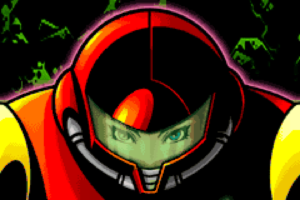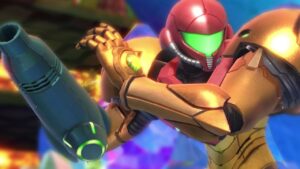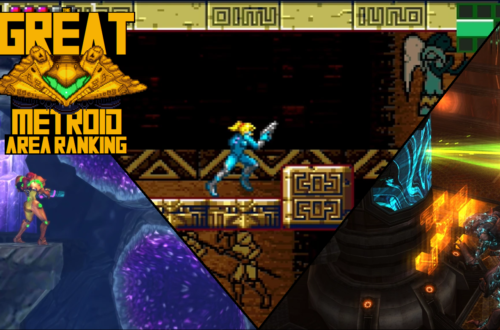
Check Out This Technical Overview of Metroid Prime Remastered by Digital Foundry
Metroid Prime Remastered looks gorgeous. From the beginnings of the Frigate Orpheon all the way to the game’s climactic finale in the depths of the Impact Crater, Metroid Prime looks better than ever. On top of this, despite looking like one of the best Switch games out there, Metroid Prime Remastered also runs at a stable 60 fps without any noticeable load times. The performance, added control options, other quality of life features and accessibility options, make playing and looking at Metroid Prime the best it’s ever been. It’s a marvel on every level that everyone can appreciate and gush over, whether you try and look at how everything works under the hood or not.
However, for those of you who want a more technical look at Metroid Prime Remastered as well as how it compares to the original GameCube title, Digital Foundry has you covered in his newest video.
Digital Foundry separates his overview of Metroid Prime Remastered into three sections before ending in a final analysis. First is visual features and overall upgrades compared to the original. One of the notable improvements is from the lighting. The lighting in some areas of the original ended up looking flat, but in Remastered there are notable sources of light coming from sources such as hole in the roof or bioluminescent plants such as the Sap Sac. Lighting sources that were present in the original have been vastly improved and in some areas light have been added or enhanced.
The second section is on the animations and control changes in Remastered. Since Remastered is essentially a port, many of the animations, cutscenes and the like are essentially 1:1 with the original although there are parts where the animations of the Space Pirates or Samus have been changed and the camera has minor changes in some scenes. The most notable aspect of this section is going over the multiple different control options as well as how they have impacted some of the immersion.
For example, in the original Samus would tilt her head down when jumping to assist in platforming. This option can be turned on and off in the options however if you use the Classic and Hybrid control scheme.
The last section is about image quality and performance. When your Nintendo Switch is in docked mode Metroid Prime Remastered runs at 1600×900, while it switches to 1066×600 when in portable. Remastered’s performance stays at a stable 60 fps all throughout, even in chaotic fights with Space Pirates and the like. This stays true as well in portable mode where aspects of the lighting can really shine through, especially on the OLED Switch model.
This has been a sample of what is discussed by Digital Foundry, his video gets much more technical and in depth discussing anti-aliasing, dynamic occlusion and so much more. Be sure to check out Digital Foundry and tell us what you think down below.
Source: Digital Foundry

Griffen Olney is a Website Reporter for Omega Metroid. You may know him as TheAccursedHunter01.









































